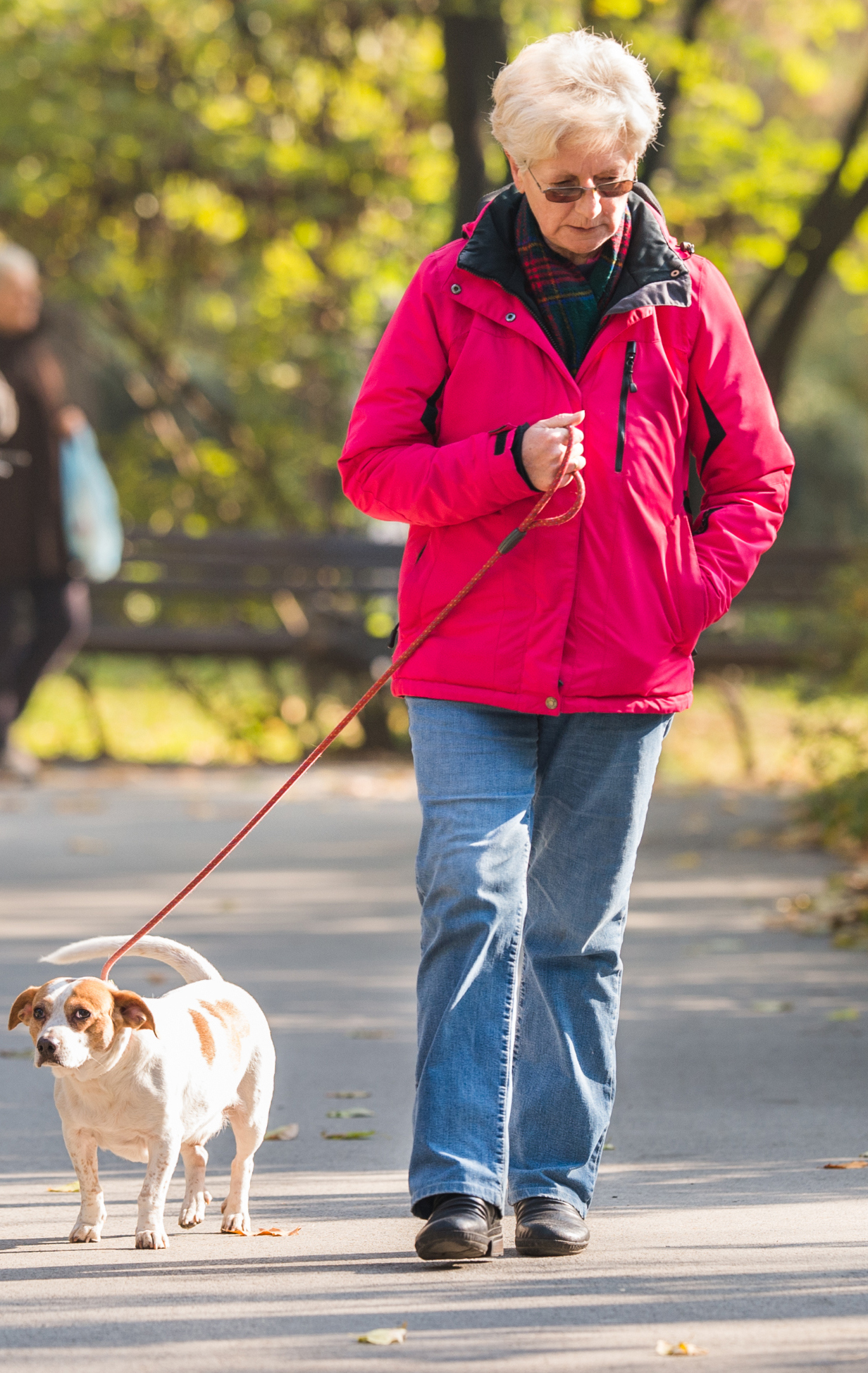PAD | Often misdiagnosed, this illness can be mild or deadly
SEPTEMBER IS PAD AWARENESS MONTH
Tell the doctor about your symptoms; it could save your leg

CHICAGO, Illinois, September, 2017 – As we age, it is common to be concerned about heart disease or high blood pressure. But many people don’t know that those conditions are also related to another common health issue, peripheral artery disease (PAD). Unfortunately, many patients are not diagnosed until it has progressed.
PAD is caused when hardening of the arteries deprives the legs and feet of oxygen-rich blood. This occurs because the arteries become clogged, much like water pipes in an old house that build up with lime. In the body, clogged arteries don’t bring enough oxygen to the toes, feet and legs. (Less commonly, the same thing can happen to arms and hands.)
Older people are more likely to have some level of PAD. Those over 60 have a 5 percent chance; those over 70, 15 percent; and those over 80, 20 percent. Smokers and diabetics are far more likely to have PAD.
If the disease stays mild, it can cause no symptoms at all, or just a little pain in the legs while walking. But if it progresses, it can lead to gangrene, amputation and sometimes even death.
“A lot of time when patients complain of leg pain, it is misdiagnosed as something else, such as back pain,” said vascular surgeon and researcher Dr. Katherine Gallagher of the University of Michigan. “Then they may be referred to other doctors and occasionally have procedures like back surgery that fails to relieve the pain. Only then they are diagnosed with PAD.”
Patients need to know that even if they have PAD, it can be managed conservatively with medications most of the time, she added. “Surgery or endovascular therapy should be reserved for patients who have lifestyle-limiting pain when walking, rest pain and ulcers that don’t heal.”
When someone is diagnosed with or suspected of having PAD, they are typically referred to a vascular surgeon or vascular specialist. Vascular surgeons will often prescribe medications and lifestyle changes for PAD patients. If this fails or if the cases and symptoms are severe, surgery or a minimally invasive procedure may be necessary.
If the patient follows doctor’s orders, he has a 75 percent change that his PAD will not get worse. Exercise, such as walking on a treadmill, has been found to be an effective way to reduce pain, and in fact, supervised exercise has just officially been approved for Medicare and Medicaid reimbursement.
PAD patients may do better with supervised exercise therapy because left on their own, many don’t follow through with consistent exercise, researchers have found.
Patients frequently want to take a pill to make the disease go away, noted vascular surgeon and researcher Dr. Misty Humphries of the University of California Davis Medical Center.
“They become passive observers of their health,” she said. “While medications are essential, medication alone will never be the answer. Patients need to realize that they can change their lives and be in the driver’s seat of their own health care.”
That means you must:
- Tell your primary care doctor if you have fatigue or cramping in the calf, thigh, hip or buttock when walking or at rest.
- Tell the doctor if your feet feel numb.
- Bring notes to your doctor visit to remind yourself of questions to ask.
- Don’t assume the pain is unimportant.
If you don’t tell the doctor, what could happen?
At the least, the pain will continue. Eventually your feet could get sores that don’t heal, or heal very slowly. If the disease progresses, your feet and legs will get so little oxygen that you could develop a severe and painful form of PAD called chronic limb ischemia, which often leads to amputations.
For some patients, open foot sores are painful, but in others, disease has caused their feet to go numb and they may not know they have sores, Dr. Gallagher said.
What can you do to avoid the severe later stages of PAD?
- Don’t smoke; if you do smoke, quit. Nicotine inflames the blood vessels and increases the likelihood of PAD. Ask your doctor to help you find assistance with smoking cessation.
- See your primary care doctor regularly. Checkups are designed to catch things like PAD.
- If you are having pain in your legs, feet or toes, or have sores on your feet that won’t heal, be sure to mention that in your doctor visit.
- Be sure to follow doctor’s advice and take prescribed blood pressure and cholesterol medications as directed.
- Keep walking. Walking 30 minutes a day, three to five times a week can keep PAD at bay. If your legs hurt just a little, keep walking; if the pain is bad, stop for a few minutes till it goes away, then start walking again. Pushing through mild and moderate pain will increase the distance you can walk without pain over time.
- If that’s hard to manage, ask if supervised exercise therapy is covered for you.
##
The Society for Vascular Surgery® (SVS) is a 5,800-plus member, not-for-profit professional medical society, composed primarily of specialty-trained vascular surgeons, which seeks to advance excellence and innovation in vascular health through education, advocacy, research and public awareness.
